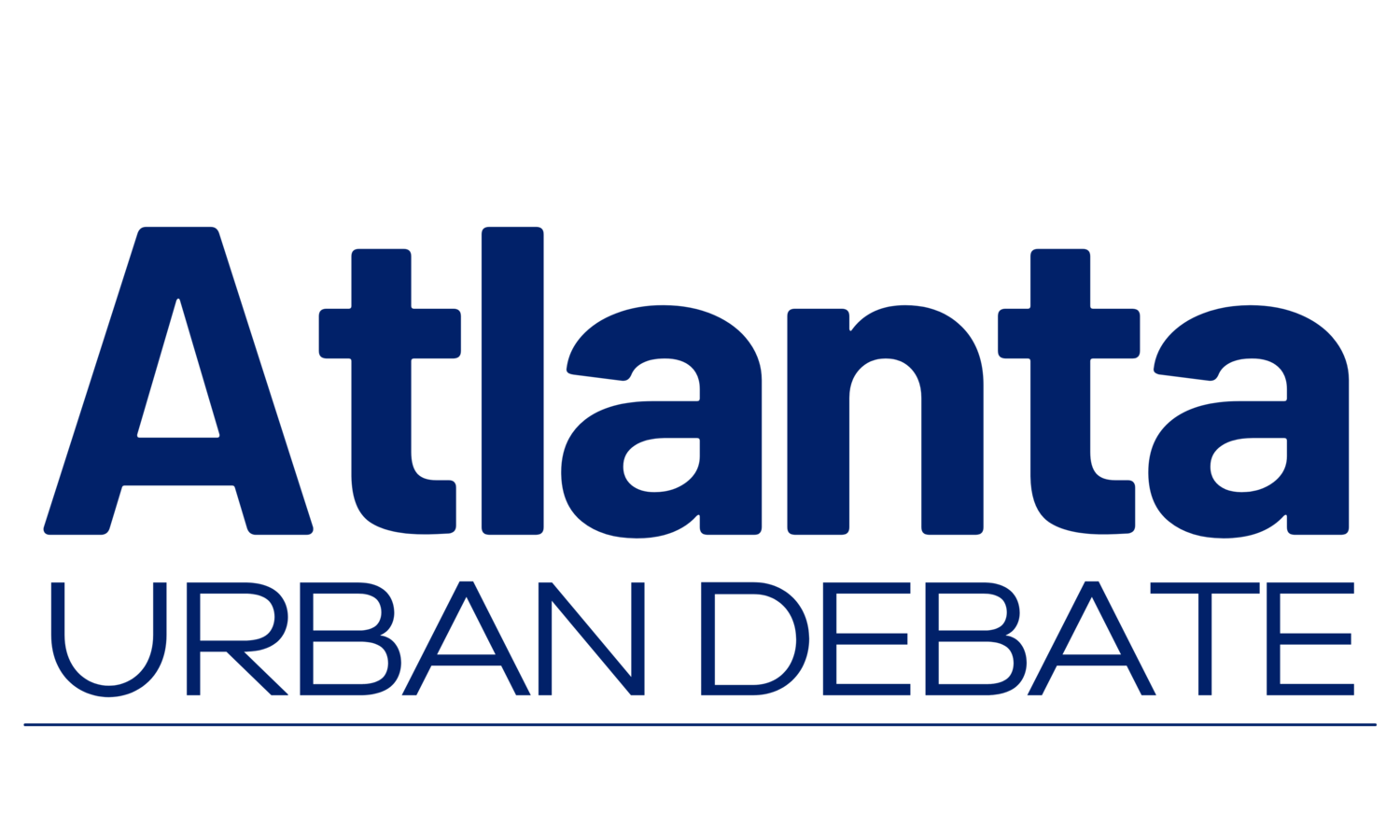The Atlanta Urban Debate League is committed to providing excellent debate education programs, services, and opportunities to diverse students, educators, and members of the community!
Middle School Varsity Curriculum Guide
The Counterplan
A Counterplan is a type of negative argument that proposes a different policy than the plan. Like a disadvantage, you read it as an off-case position in the 1NC. However, unlike a disadvantage, it’s not a defense of the status quo. Instead of just debating about whether or not we should do the plan, counterplans ask if we should take a different course of action instead.
Parts of a Counterplan
If you want to use a counterplan in a debate round, you’ll need to have the following parts.
First, you’ll read the counterplan text. The counterplan text is like a plan text, as it explicitly defines what policy change should occur. However, the counterplan text can’t be the same thing as the plan!
Then, you’ll read the solvency advocate. This is a piece of evidence that explains how the counterplan resolves the affirmative’s harms/advantages. Sometimes you’ll need multiple for each advantage, other times, you’ll have a solvency advocate that does all of it at once.
Lastly, you’ll need to have a net benefit. This is often a disadvantage that’s separate from the rest of the counterplan. The net benefit is the reason why the judge should prefer your counterplan – it’s something that links to the plan but doesn’t link to the counterplan.
Example Counterplan
So you know what a counterplan is, but how does it work in a debate round? Let’s say the other team reads an affirmative about someone going to the gym to get healthy. Eating better food is another way that people get healthier, so you can propose that as a counterplan. Let’s look at the following example:
Plan: Mark should go to the gym.
Inherency: Mark is not going to the gym currently.
Harms/Advantage: Mark wants to improve his physical fitness.
Solvency: Going to the gym boosts physical fitness.
You could read a counterplan like this:
Counterplan text: Mark should eat healthier food.
Solvency advocate: Eating healthier food boost physical fitness.
You’ll also need a net benefit. But remember, net benefits are usually disadvantages, and you don’t have to read them on the same sheet of paper as your counterplan. In our example, the disadvantage could be:
Uniqueness: Mark’s muscles aren’t sore now.
Link: Going to the gym causes muscle soreness.
Impact: Muscle soreness reduces Mark’s quality of life.
You see? The goal of the counterplan is to solve the impacts of the 1AC without triggering another impact. You’ll still need to do impact comparison, as it’s your job to prove that the impact to the disadvantage of doing the plan matters enough to pursue your alternative course of action.
This is especially important if the other team reads a solvency deficit to your counterplan – then it’s your job to weigh the severity of your impact against the chance that your counterplan doesn’t solve the opponents’ impacts.
NEXT: Answering the Counterplan
